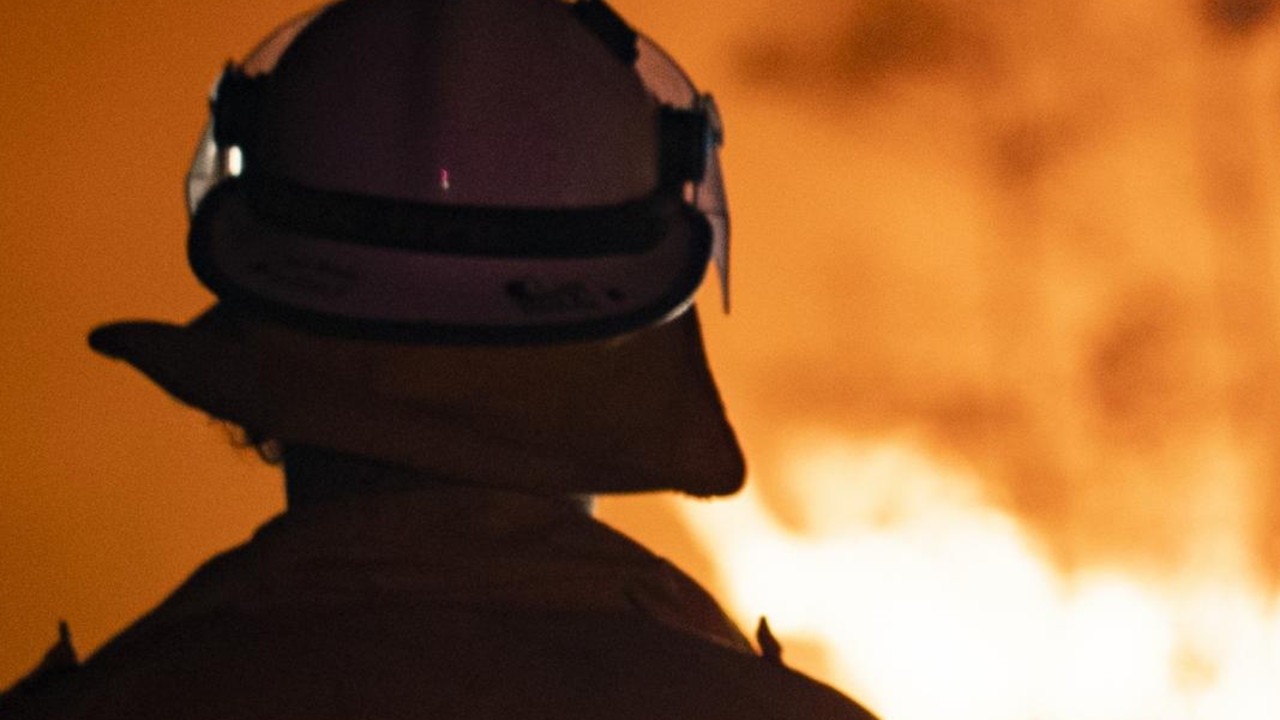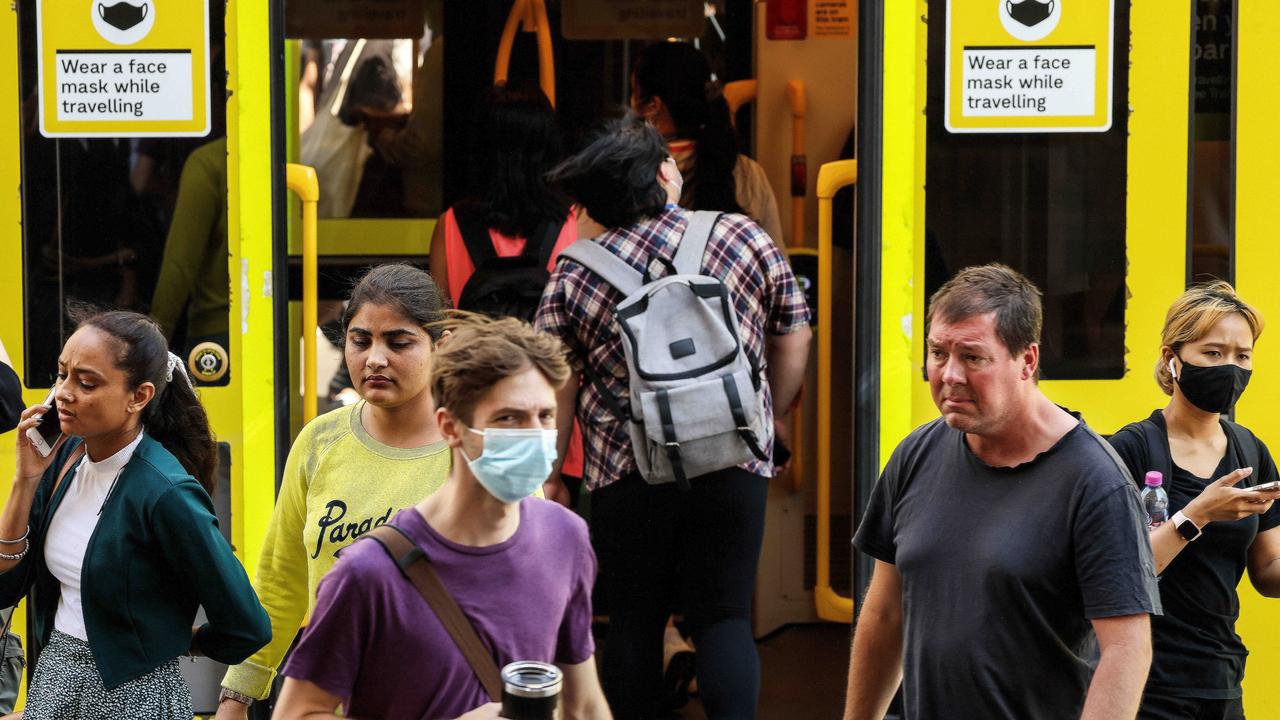How Islamic State has moved into one of Australia’s most popular holiday islands
FEARS of a terror cell in an Australian tourist hotspot have emerged, with ISIS using the island as a gateway for returning foreign fighters plotting against the West.

Travel Warnings
Don't miss out on the headlines from Travel Warnings. Followed categories will be added to My News.
IT was once a holiday destination of choice for Australians, attracted to this corner of paradise for superb beaches and dive sites, orang-utan sanctuaries, jungle eco trails and pilgrimages to the World War 11 Sandakan POW camp where thousands of Diggers perished.
But Australia’s intelligence services have now nominated Sabah, a state of Malaysia on the northern corner of Borneo Island, as a weak link gateway for Islamic State-backed terror cells to specifically help returning foreign fighters get to the Philippines for further training and plots against the West.
DNA testing is expected to confirm one of three militants killed in a shootout with local authorities near the Sabah township of Tawau last Tuesday was southeast Asia’s most wanted Nurhassan Jamiri.
MORE: Australian Defence Force troops deployed to Philippines for ISIS fight

Nurhassan was behind several terror bombings and kidnappings including the 2011 snatching of Sydney man Warren Rodwell who survived 472 days in captivity in Mindanao in southern Philippines before released after his family paid a ransom.
Nurhassan was believed to be linked to last month’s arrest of 10 people including seven Filipinos and three Malaysians in Johor and Sabah for setting up a cell to facilitate the smuggling of returning jihadists and other extremists between Sabah and the Philippines.
Nurhassan was also suspected of having been in Marawi in the Philippines last year when the city was overrun by heavily armed militants, leading to a five-month conflict, 1100 deaths and the deploying now of 84 Australian Defence Force personnel to help Filipino soldiers better prepare for urban warfare.

News Corp Australia has learned ASIO is understood to have received unsubstantiated but credible reports Sabah was fast becoming a hotbed of extremists particularly with the ISIS-backed terror group Abu Sayef plotting on carrying out further kidnappings off Sabah’s coast or from onshore raids from the nearby Sulu Archipelago.
Malaysian authorities have also warned that those recently arrested may have also been plotting a local terror attack against Westerners. They have arrested dozens of suspected extremists in recent months, some of whom had returned to Asia from Turkey having stepped off the Iraq and Syrian battlefields.

DFAT has not updated its warnings for the island following recent events but has since last year recommended against all travel to Sabah’s coastal east due to the high risk of kidnapping.
“There is a high threat of kidnapping in the coastal areas of eastern Sabah, including islands, dive sites and associated tourist facilities,” it noted.
“Extremists based in the southern Philippines are particularly active in the area between the towns of Sandakan and Tawau in eastern Sabah. Foreigners have also been kidnapped from nearby islands (Sipadan and Mataking) and surrounding waters, the risk of kidnapping increases on the water and waterfront after nightfall.”
In Senate hearings last week, DFAT’s ambassador for counter terrorism Paul Foley warned ISIS in the Middle East was looking at “franchising” operations in South East Asia
“The terror threat in the region is still regarded as significant and is likely to endure for some time with the emergence of ISIL (ISIS) several years ago, having energised a lot of extremist networks in the (Asian) region,” Mr Foley said.
Originally published as How Islamic State has moved into one of Australia’s most popular holiday islands


